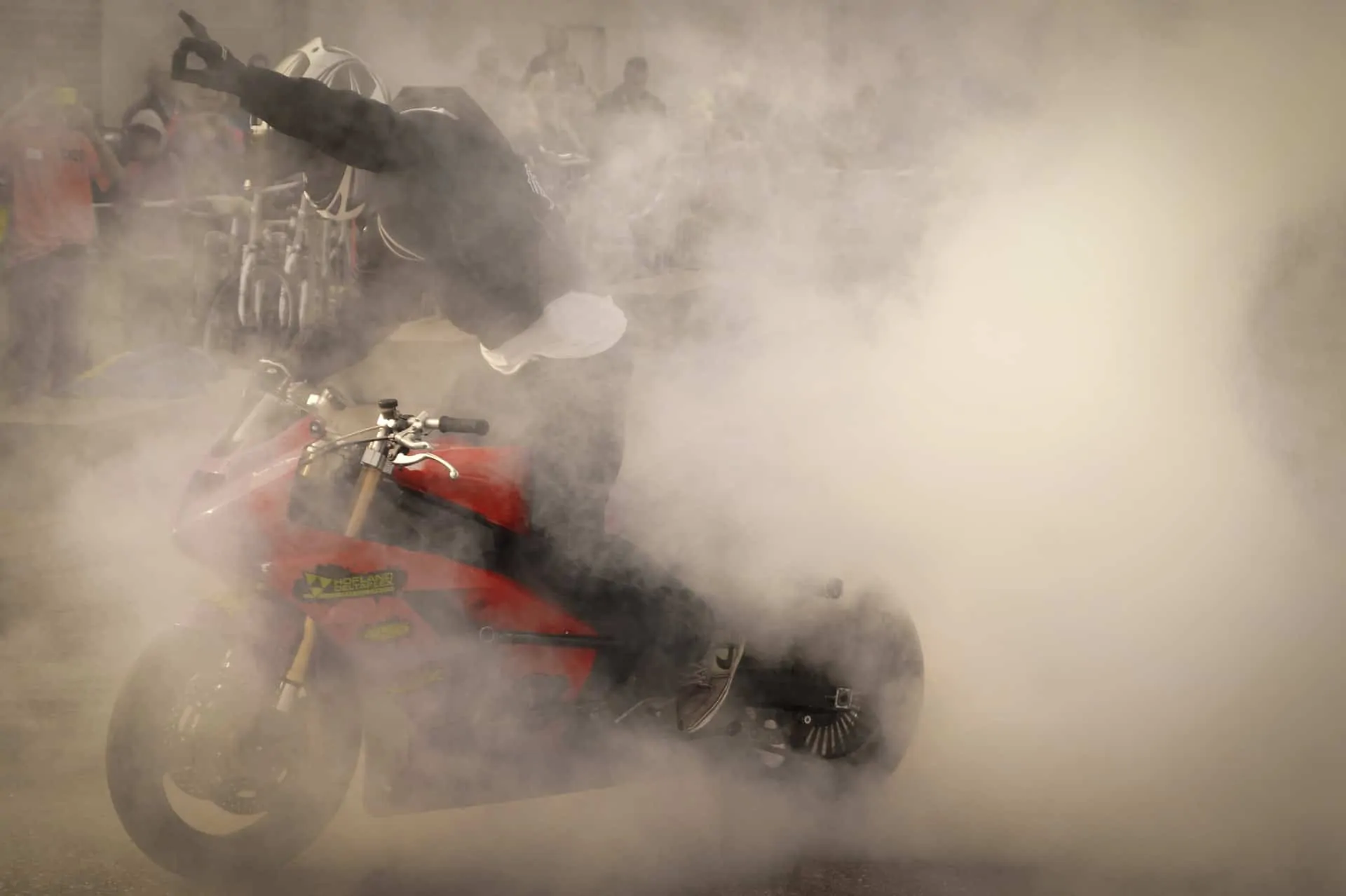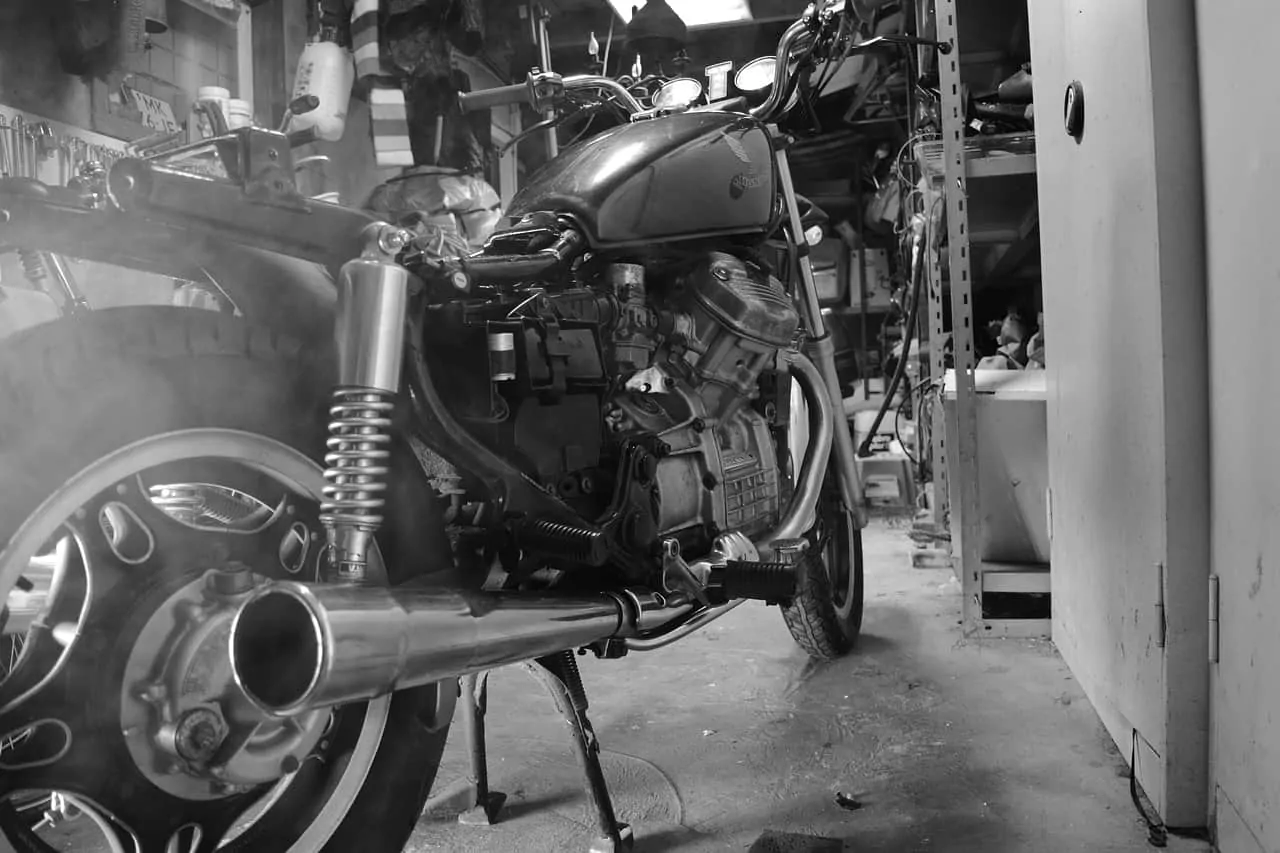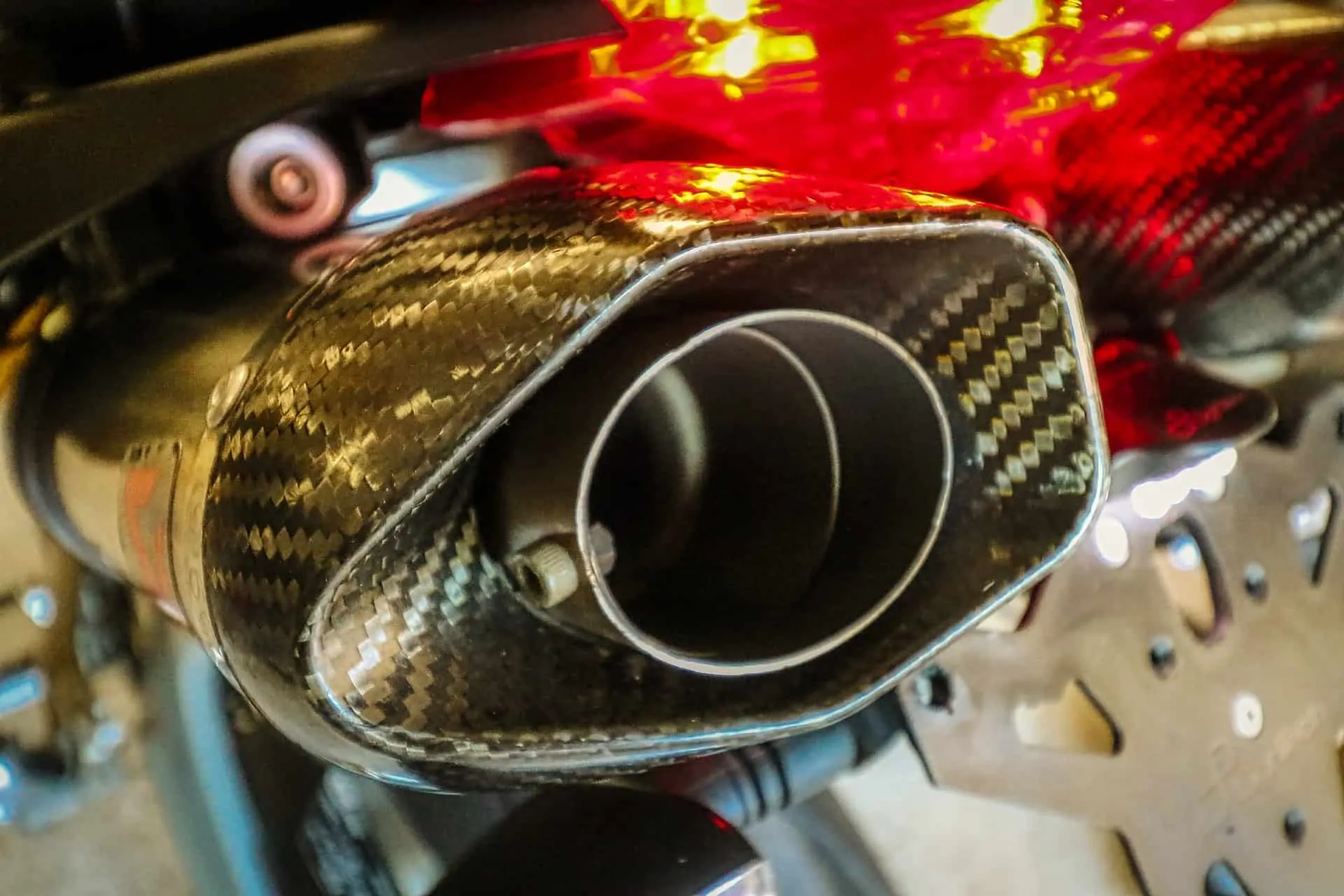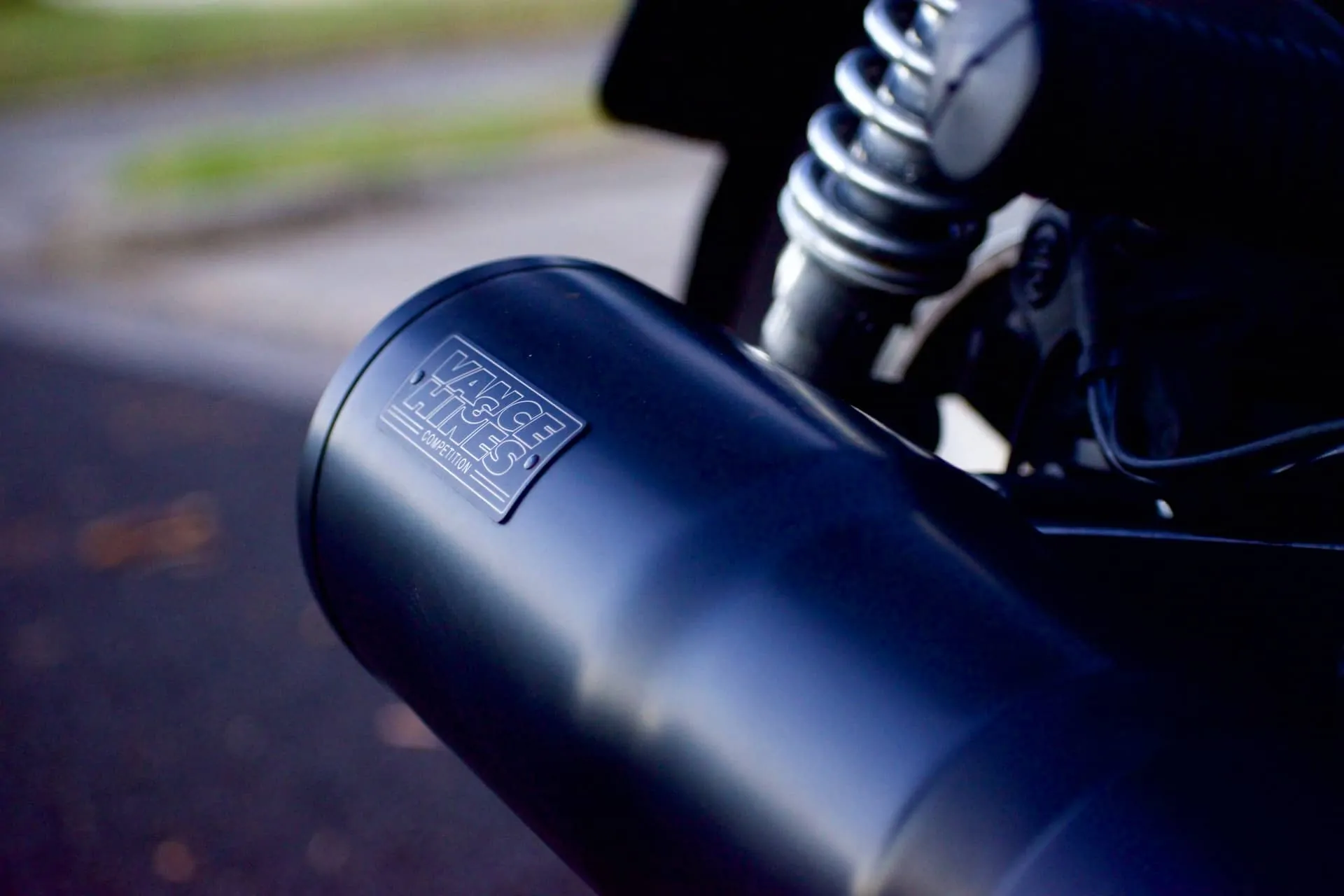A motorcycle exhaust backfire is characterized by a loud pop or bang from your motorcycle exhaust. It is both annoying and poses hazards to your safety which is why it must be remedied.
Motorcycle exhausts backfire for many reasons, the most common of which include excess fuel, lack of fuel, bad timing, exhaust pipe issues, sudden or intermittent sparks, and a loose exhaust header.
The said explosion is said to occur in the combustion chamber so when it doesn’t, the exhaust is momentarily on fire and the area will emit a loud and startling sound. You can simply refine your maintenance routine so as to prevent your exhaust from backfiring. It also helps to keep a watchful eye on the carburetor, exhaust pipes, spark plugs, and ignition coils, all of which are the hotspots for causing a motorcycle backfire.
Causes Of Motorcycle Exhaust Backfire
There are six common reasons that may cause your motorcycle exhaust to backfire. These triggers can be remedied with the proper maintenance routines and healthy driving habits.
Excess Fuel
Combustion is the primary process by which motorcycles are fueled. It will only happen if there is a good ratio of air and fuel in the chamber. Excess fuel, or even the lack thereof, can cause serious engine problems that can lead to your exhaust backfiring due to the incomplete or failed combustion.
You may have heard of some riders saying that their motorcycle is “running rich.” This means that there is too much fuel in the cylinders because it is receiving more than it can handle or burn. There is also not enough air to match the fuel so combustion doesn’t occur.

The excess fuel will be problematic for the spark plug as the ignition won’t be able to burn off all the fuel. The excess fuel is usually drained through the cylinder head through the exhaust valve. The problem occurs when this uncombusted fuel makes contact with the hot exhaust and fresh air. This extreme temperature and burst of fresh air will cause the fuel to combust, hence resulting in a loud bang.
Lack Of Fuel
As aforementioned, it is important to have the correct amount of fuel-to-air ratio to make sure that the fuel is fully combustible and your motorcycle will generate enough power to fire it up. The opposite of riding rich is riding lean. This means that the amount of air that enters the chamber is so much greater than the fuel, and this results in incomplete combustion.
The air-to-fuel ratio can be regulated by your carburetor. Regularly clean the carburetor by dismantling it and cleaning the components.
Bad Timing
Motorcycle models typically come with timings. There are two main types of timings: electronic timing and condenser or points type. Most manufacturers prefer the former for its efficiency. It is actually the preferred model for motorcycle units created from the 1970s onwards.
Electronic timing works by sending electronic voltages to the ignition coils. This happens when one of the cylinders is in its compression stroke. The current travels through the spark plug wire to the top of the cylinder.
A backfire may occur when the signal is delayed and the timing becomes off. Electronic timing usually does not have issues. A delay in the closing of the exhaust valve can also cause a backfire. A condenser will require you to manually set the timer so that everything lines up perfectly.

Exhaust Pipes Issues
Backfiring often occurs in the exhaust pipes so the state of the pipes can contribute to the problem. One cause is the length of the exhaust pipes.
Shorter pipes measure about twelve inches or less. These shorter pipes may look cleaner on your motorcycle but they lack the baffle, which is the motorcycle counterpart for a car muffler. The baffle makes the backfire sounds quieter by converting the combustion air flow into something calmer and more manageable. The short length also disrupts the airflow which can cause the pipes to backfire.
A loose motorcycle exhaust can also backfire because the highly-pressurized air from the cylinders will be suddenly exposed to atmospheric air. This sudden mix will create a sound. Make sure to tighten the exhaust headers so that no air will leak through.
Sudden Sparks
Electrical sparks are fairly common among motorcycles. It comes from the spark plug and is used to ignite the fuel and air in the chamber in order to power up the motorcycle. A backfire may occur due to an intermittent spark. This happens when the spark plug doesn’t immediately create a spark so there is a delay. The timing will be off once the fuel and air are pushed out of the chamber.
The overload of fuel and air will intensify the spark, lead to a flame, or cause a surge in energy that causes the exhaust to backfire. When this happens, simply hold the bottom of the spark plug against the side of the engine so as to give the energy somewhere to go. This prevents build-up and backfiring.

You should also check all the spark wires and ignition coil using a tester. If you suspect your ignition coil is already faulty, it is better to just replace it.
Loose Exhaust Header
The motorcycle exhaust header is a pipe made of metal that directly connects to the motorcycle engine. The header should seamlessly let the hot exhaust pass through so that it can be disposed through the exhaust valves. The tiniest leak can create an unpleasant sound. Bigger leaks can lead to backfiring.
The nuts and bolts will naturally loosen after so much vibration from your motorcycle. It might also be because of old age which prevents the nuts from fully tightening.
Make sure to tighten the nut so that the exhaust header won’t be loose and won’t leak. You can also use compression fittings to fully tighten it. Another reason for a loose exhaust header is if the cylinder is damaged or deformed, which will disable you from fully tightening the nuts. Make sure to consider those options so that you can remedy it accordingly.
